EXPERIENCE NARBONNE
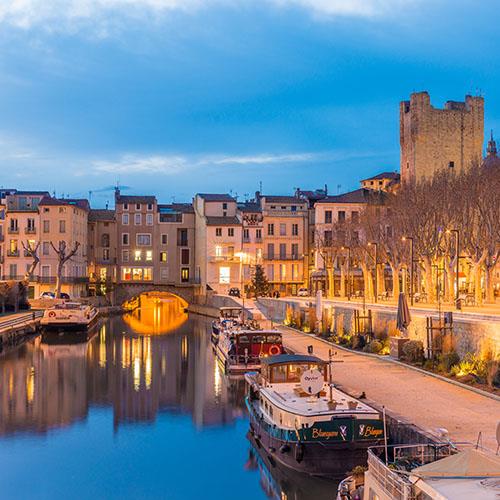
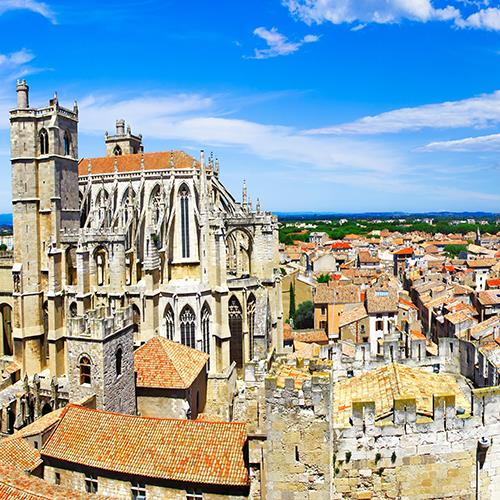
Overview
The Département Aude is located southeast of Toulouse in the Languedoc-Roussillon region of France. Often overlooked in favor of its much more popular neighbor of Provence, the pretty town of Narbonne was established in 118 AD in what was then Gaul. The town was first founded in antiquity as a Roman port city, silt and sand have since built up in the region to the extent that Narbonne now lies some 9 miles North of the sea. Today, remnants of the past can be found all over Narbonne. Filled with terracotta style rooftops, plenty of coffee shops, and all the charm you’d expect of a Southern French town.
Narbonne focal point is the Canal de la Robine, offshoot of the Canal du Midi, and wide new promenades on both sides are perfect for evening strolling. The town exudes a very authentic, southern French flair. Most of its tourists are French or fairly local to the region. While the nearby medieval town of Carcassonne has a huge international draw, the majority of them will never venture just east of it towards Narbonne. In fact, 80% of tourists to the Languedoc region are French. For travelers interested in going off the beaten path to visit this enchanting little town, stunning views and an intriguing history await.
Further afield, the nearby countryside is filled with plenty of French vineyards. Each year the region of Languedoc-Roussillon produces more wine than Bordeaux, South Africa, and Chile combined!

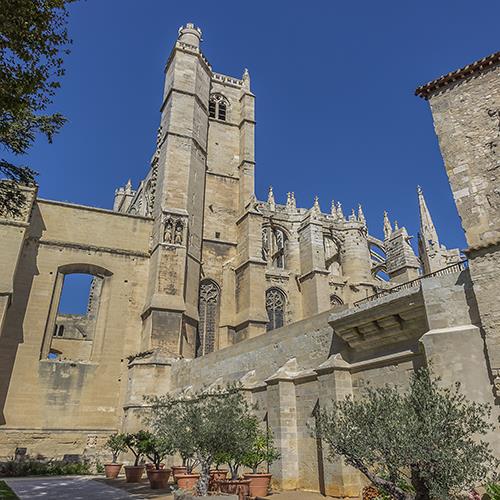
Roman History in Narbonne France: The Via Domitia
Long before France was ever a country, Narbonne was established as the first Roman colony in Gaul as Colonia Narbo Martius (also known as Narbo). Later, it was a capital of the Visigoth Kingdom. Around the 14th century, Narbonne fell into decline due to changes in the waterways, war, plague, and the growth of other ports.
Right in front of this monument in the Place de l’Hôtel de Ville there are steps leading down to an exposed fragment of the Via Domitia Roman road, which ran through Narbonne and connected Cadiz in Spain with Rome, spanning the south of modern day France.
The Archbishop’s Palace started out as no more than a simple Episcopal residence, but grew into a massive complex of interconnected buildings, with three towers and a romanesque “old palace” and a gothic “new one”. Inside the Archbishops’ Palace today, you’ll find the Narbonne Town Hall, the Archaeology Museum, and a Fine Arts Museum. You can also explore the Saint Theodard Bell Tower and Le Cour de la Madeleine (palace courtyard).

Shop on the Merchants’ Bridge
The Merchants’ Bridge (Pont des Marchands), which crosses the Canal de la Robine, is actually a shopping street, and you’d never know that water flows beneath it. It’s a row of colforful houses spanning across the canal with tons of shops underneath them.
The Merchants Bridge is paved with pink marble and lined with shops. If you’re looking for that perfect souvenir, this is the spot where you need to be. There are only a handful of bridges in the world that are lined with shops and you can visit one of them in Narbonne France.

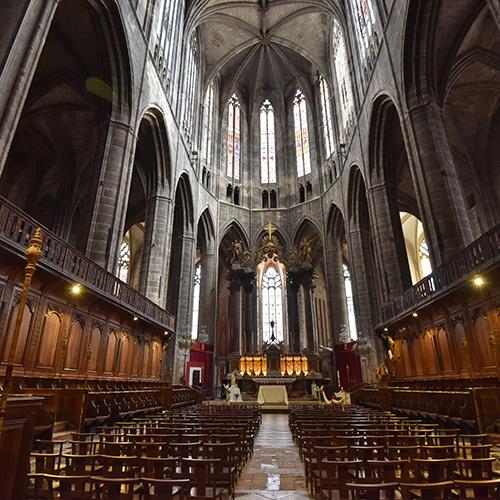
Saint-Just and Saint-Pasteur Narbonne Cathedral
If you are looking for photographs of Narbonne, you will come across one particular monument over and over again: the Narbonne Cathedral, also known as Saint-Just-et-Saint-Pasteur Cathedral. It’s pretty impressive looking up from the bottom.
The high gothic 14th-century cathedral is unfinished, which only gives it more personality: The transept (the “arms ” of the cathedral) was never added, because doing so would have meant removing stones from the city’s defences while war was raging across France.
What was built is not just impressive but also very consistent in style because nothing much has been changed.
Look up in wonder at the ribbed vaults over the choir, find the terracotta sculpture of the Entombment in the Chapel of Saint-Étienne from the early 1500s and explore the cloister which has two columns from Narbonne’s Roman forum.
In the treasury, which is above the Chapel of the Annunciation, there’s a rich assortment of medieval liturgical art, like a tapestry from the 1400s woven with silk and gilt.

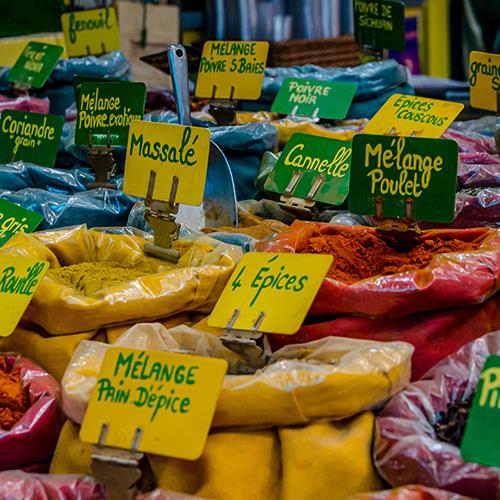
The Narbonne Market - Les Halles de Narbonne
The Narbonne Market, Les Halles de Narbonne (www.narbonne.halles.fr), is a must visit when you travel here. It was built in 1901 when they ran out of room in fron ot the Hôtel de Ville on Place aux Herbes. It’s open 7:00 am to 2:00 pm every day of the year. There are 70 stall sinside, with butchers, greengrocers, bakers, florists, fishmoners and more selling the best that Aude has to offer.If you’re looking for good food, this is the place to be.
And then as lunch approaches and business starts to wrap up, get a seat at one of the restaurants like Chez Bebelle, which sources its meat right from its own butchers’ counter, and has horse meat on its menu.
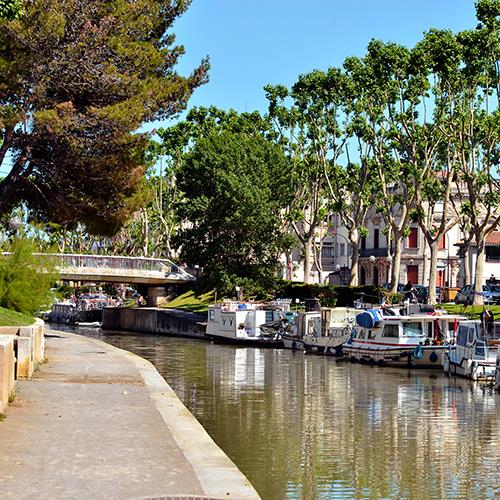
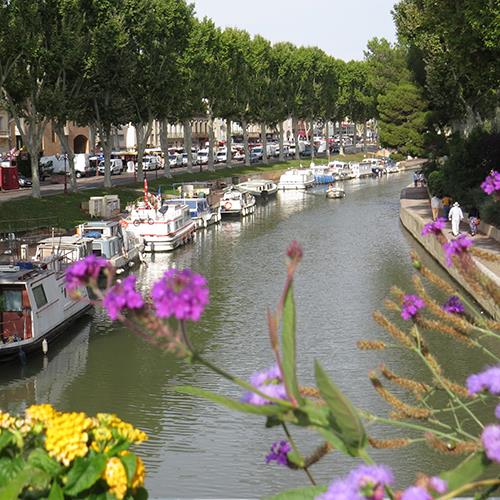
Stroll along the Canal de la Robine
After Pierre-Paul Riquet’s stupendous Canal du Midi opened up trade routes in southwestern France in the 17th-century, Narbonne also got a slice of the action in the shape of the Canal de la Robine in the 18th-century.
This linked with the Canal de Jonction, which in turn linked with the Canal du Midi at the Écluse de Cesse about a mile north of Narbonne, and so connected the city to the Atlantic Ocean some hundreds of miles away.
Take a stroll, bike ride, or boat along the Canal de la Robine to witness some of the 18th century engineering. If it’s a warmer day, you can wander paths lined with trees right next to the canal. The bridges are lined with baskets of flowers and the view is quite stunning. You won’t encounter any crowds in Narbonne as it’s off the main tourist path. Enjoy a serene walk by the water and soak up the spectacular scenery all over town.
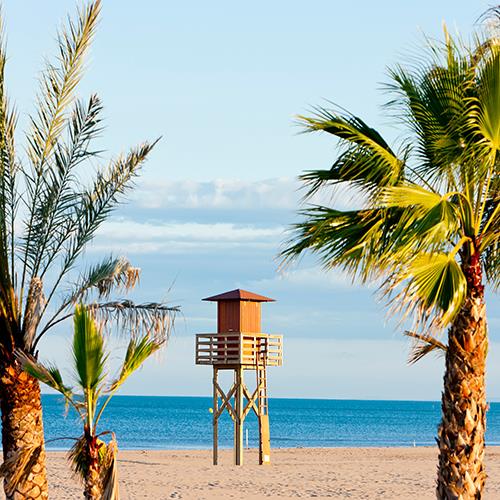
Beach
About 9 miles to the east of Narbonne, at the foot of the Clape mountain, in the Regional Natural Park of Narbonne in the Mediterranean, lies the seaside resort of Narbonne-Plage. Carrying the European Blue Flag label, the resort is appreciated for its long beach, no fewer than 3 miles of fine sand, which is great for relaxing, bathing, and for sports activities such as sailing, beach volleyball, jet-skiing, sand yachting, catamaran or sea kayak. There is also lots of entertainment in the summer at Narbonne-Plage, such as evening markets, open-air shows and traditional festivals.
For nature-lovers, the resort is a good starting point for rambles on the wild, unspoilt Clape massif.